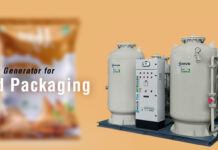
Most vaccines have specific storage requirements that need to be met for them to stay effective and potent. While not every vaccine is built the same, most if not all need to be stored according to a set procedure.
In this article, we’ll discuss the most common safety and maintenance tips for storing vaccines to help you understand this process a bit more deeply. We are all aware of the importance of vaccination, especially now when the world is still trying to heal from the COVID-19 pandemic.
So, without any further ado, let’s get right to the bottom of it!
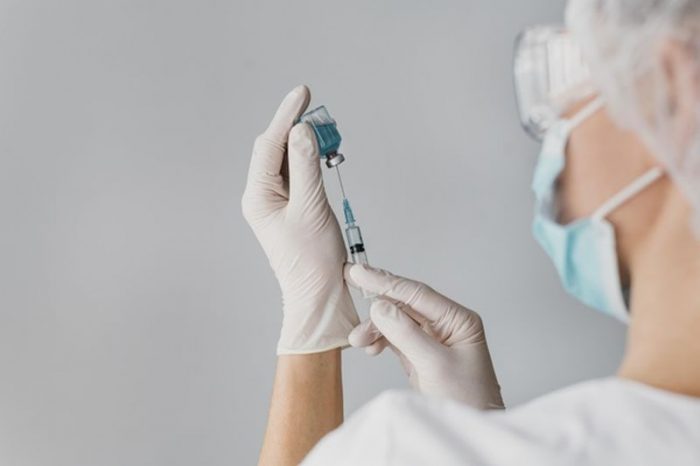
Vaccines should be exclusively handled by trained and knowledgeable staff
Vaccines are delicate medical tools that should be handled only by highly knowledgeable medical staff. Like we’ve mentioned before, different types of vaccines require different types of care, so providing vaccine-specific training before coming into contact with the doses is of the utmost importance.
Of course, the training doesn’t end once the vaccines arrive. Recommendations and requirements can change, especially when it comes to relatively new vaccines such as those for COVID19. Keeping up with the newest research, technology and relevant methodology is vital to learning proper maintenance procedures.
If the requirements aren’t met fully, the vaccines could potentially lose their potency, which in turn leads to ineffective immunization. Besides that, improperly stored vaccines could, in extreme cases, lead to unwanted side effects and reactions.
Besides the regular staff, a coordinator should always be appointed
Vaccine regulation and storage need to be handled with care, but there should also be someone in charge of the entire process. A storage coordinator should be placed in charge of handling relevant documentation, ordering new doses, and organizing the inventory. Administrative tasks such as these might seem irrelevant to storage procedures, but without proper documentation and planning, there’s a high risk of something going wrong eventually.
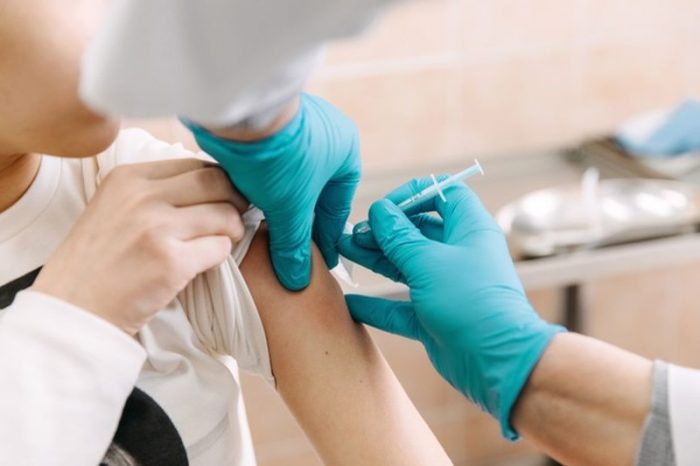
Average temperatures at which vaccines are typically stored
Lower temperatures are recommended for keeping vaccines potent and effective. As we’ve mentioned before, depending on the contents, every vaccine has different storage requirements. However, most common temperature ranges fall between 2°C and 8°C (36°F and 46°F) for refrigerator systems, and -50°C and -15°C (-58°F and +5°F) for freezers.
The freezers and refrigerators should be closely monitored and regulated via recommended thermostats and other temperature-measuring equipment. Vaccine suppliers and manufacturers will provide relevant documentation and guidelines to help in maintaining optimal storage conditions- adhering to those is of the utmost importance.
If the vaccines are being transported to a country with insufficient infrastructure, the use of relevant medical equipment is required for safety reasons. Once the vaccine has lost its potency, the change is irreversible: it can never be restored to its primary state.
The use of temperature monitoring equipment and technology is obligatory
As we’ve mentioned above, careful and precise temperature monitoring is key to these processes. Even the smallest fluctuations in temperature put your valuable doses at risk of getting ineffective. Since these strict conditions have to be monitored 24/7, remote pharmaceutical monitoring devices are probably the most popular nowadays. You can even set these devices to send SMS alerts directly to the coordinator if the temperatures go below or beyond their critical values.
As there’s a wide range of monitoring devices nowadays with different features coming at different prices, choosing the one for your pharmacy or lab can be a daunting task. We recommend contacting the experts such as those at Absolute Automation before you make any purchases. It’s crucial that the monitoring equipment stays compatible with the rest of the assembly during the maintenance period.
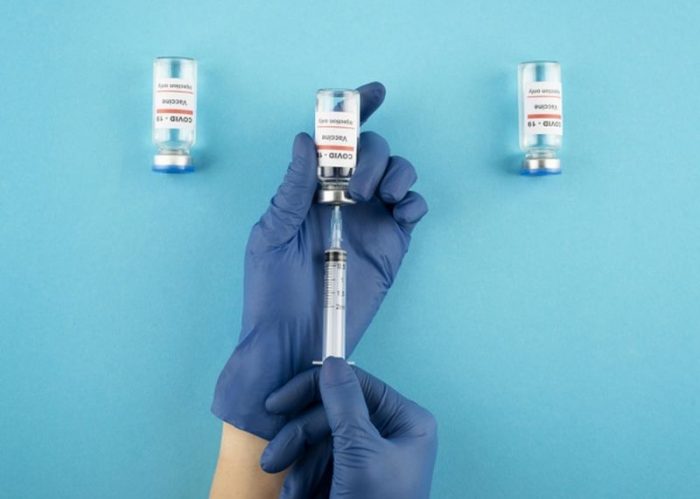
The equipment should be maintained carefully too
If parts of the storage unit malfunction at any given time, you could lose an entire vaccine unit extremely quickly. As we’ve already mentioned, once the vaccine “goes bad” there’s nothing you can do to fix it. That’s why skilled technicians need to be on your “speed dial” and available at all times.
You should also have spare storage units ready to ensure your vaccines stay potent even if a technical disaster strikes your lab. Once you have a plan ready for every possible situation, you’ll have nothing to worry about.
If your refrigerators or freezers have recently been repaired, remember to work them for a couple of days before you start using them for storage again. The temperatures need to be stabilized before any vaccines are placed inside the unit. Monitor the fluctuations inside of the device for at least 7 days or until you’re certain the temperature is stable enough for storing vaccines.
Lastly, the power outlet for your storage equipment should be properly secured. Most labs recommend putting “Do not turn off” sign up as an extra precaution, so remember to consider that as well.
The manufacturers’ instructions should be examined carefully
We’ve said it a couple of times now, but we’ll say it again: all vaccines are different and therefore require different environments to be kept effective and potent. The manufacturers should be your only source of information when it comes to vaccine storage requirements. If you have any doubts, don’t hesitate to ask them for more information whenever you need it.
One of the biggest mistakes labs and clinics make is applying the same rules to different vaccines. Do not be one of them and read the guidelines provided by the supplier as carefully as possible. Keep the vaccines in their original containers and group them by their expiration dates for maximum efficiency.
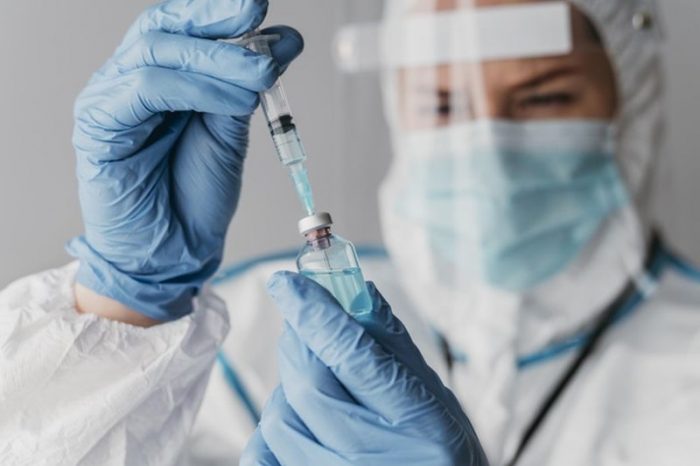
The bottom line
Storing vaccines properly can be quite difficult if you’re lacking the relevant equipment. Still, if you fail to provide the necessary environment for vaccine storage, you’ll deal with large doses of unusable, ineffective immunization units, which is something better avoided.
We strongly recommend reading the manufacturer’s instructions and investing in a reliable temperature-monitoring device (preferably with remote control features for the best possible results.
Overall, we hope our article helped you understand how vaccines are stored a bit better, and we wish you good luck in all of your future endeavors.


